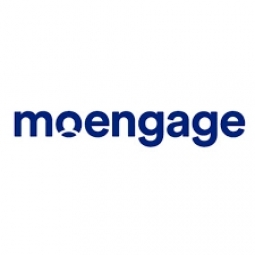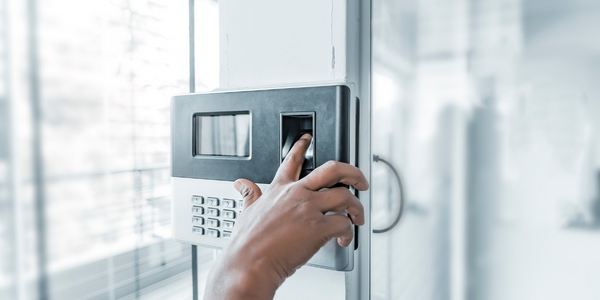Chillr's Digital Transformation: Leveraging Business Intelligence for Micro-Moments in Financial Services

Technology Category
- Analytics & Modeling - Big Data Analytics
- Robots - Wheeled Robots
Applicable Industries
- Finance & Insurance
- Telecommunications
Applicable Functions
- Sales & Marketing
Use Cases
- Machine to Machine Payments
About The Customer
Chillr's customers are primarily Indian mobile users who are new to digital banking. These users are targeted for various financial transactions such as recharge, money transfer, bill payment, account management, and UPI. Chillr aims to become a lifestyle app for these users, providing a platform for purchases, bill splitting, and money transfers. The company also seeks to engage with users on a personalized level, using business intelligence to analyze transaction comments and create unique customer profiles. This allows Chillr to provide personalized suggestions and reminders, enhancing user engagement and convenience.
The Challenge
India's recent digital revolution brought the banking and financial services industry into the digital fold for the first time. Chillr, a multibank payments app, was faced with the unique challenge of educating and encouraging users with no digital banking history to perform banking transactions on their mobile. The objective was to identify digital micro-moments in financial services to develop an engagement plan that encourages users to go digital and make Chillr synonymous with digital transactions, while providing a host of value additions for the user.
The Solution
Chillr employed business intelligence and analytics to understand financial-transaction trends in India. This allowed them to identify and target transactions like recharge, money transfer, bill payment, account management, UPI, etc. Chillr aimed to go beyond financial transactions alone and become the sought after lifestyle app for the Indian mobile user. They provided a platform to make purchases, split bills with friends/colleagues and receive/transfer money from/to phone contacts, bringing convenience to users at their fingertips. Chillr also interacted with users on a bespoke level to provide personalized suggestions for deeper engagement. Transactions done on Chillr were analyzed for comments included by the user. Using Business Intelligence, Chillr mapped key-words in these comments to create a unique customer profile. Once these key micro-moments were identified, Chillr leveraged cross-channel messaging from MoEngage to deliver superior and personalized engagement with every user.
Operational Impact
Quantitative Benefit

Case Study missing?
Start adding your own!
Register with your work email and create a new case study profile for your business.
Related Case Studies.

Case Study
Real-time In-vehicle Monitoring
The telematic solution provides this vital premium-adjusting information. The solution also helps detect and deter vehicle or trailer theft – as soon as a theft occurs, monitoring personnel can alert the appropriate authorities, providing an exact location.“With more and more insurance companies and major fleet operators interested in monitoring driver behaviour on the grounds of road safety, efficient logistics and costs, the market for this type of device and associated e-business services is growing rapidly within Italy and the rest of Europe,” says Franco.“The insurance companies are especially interested in the pay-per-use and pay-as-you-drive applications while other organisations employ the technology for road user charging.”“One million vehicles in Italy currently carry such devices and forecasts indicate that the European market will increase tenfold by 2014.However, for our technology to work effectively, we needed a highly reliable wireless data network to carry the information between the vehicles and monitoring stations.”

Case Study
Vodafone Hosted On AWS
Vodafone found that traffic for the applications peak during the four-month period when the international cricket season is at its height in Australia. During the 2011/2012 cricket season, 700,000 consumers downloaded the Cricket Live Australia application. Vodafone needed to be able to meet customer demand, but didn’t want to invest in additional resources that would be underutilized during cricket’s off-season.

Case Study
SKT, Construction of Smart Office Environment
SK T-Tower is the headquarters of SK Telecom. Inside the building, different types of mobile devices, such as laptops, smartphones and tablets, are in use, and with the increase in WLAN traffic and the use of quality multimedia data, the volume of wireless data sees an explosive growth. Users want limitless Internet access in various places in addition to designated areas.









